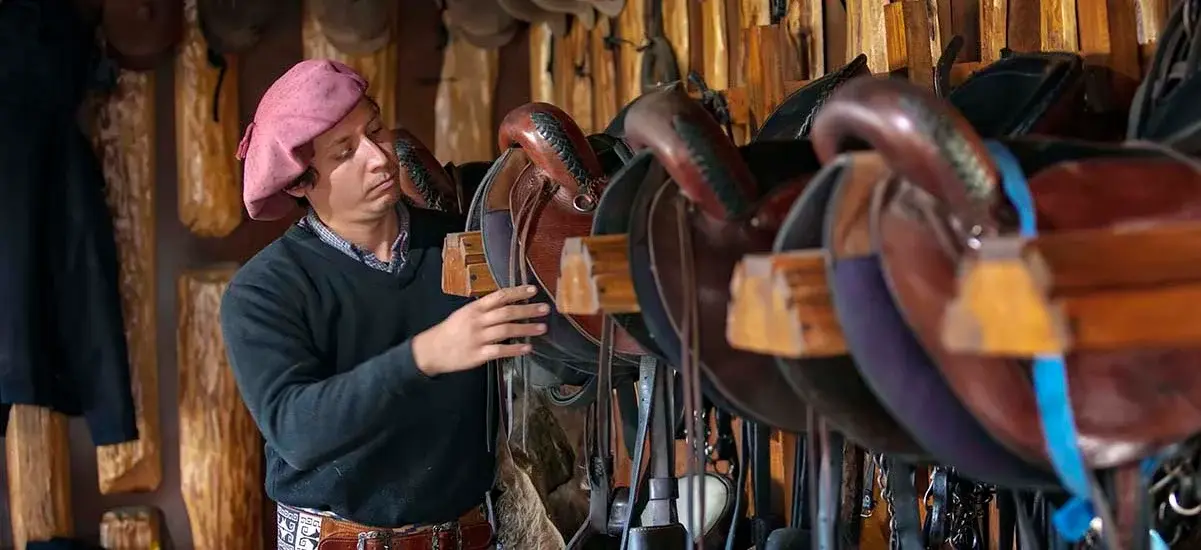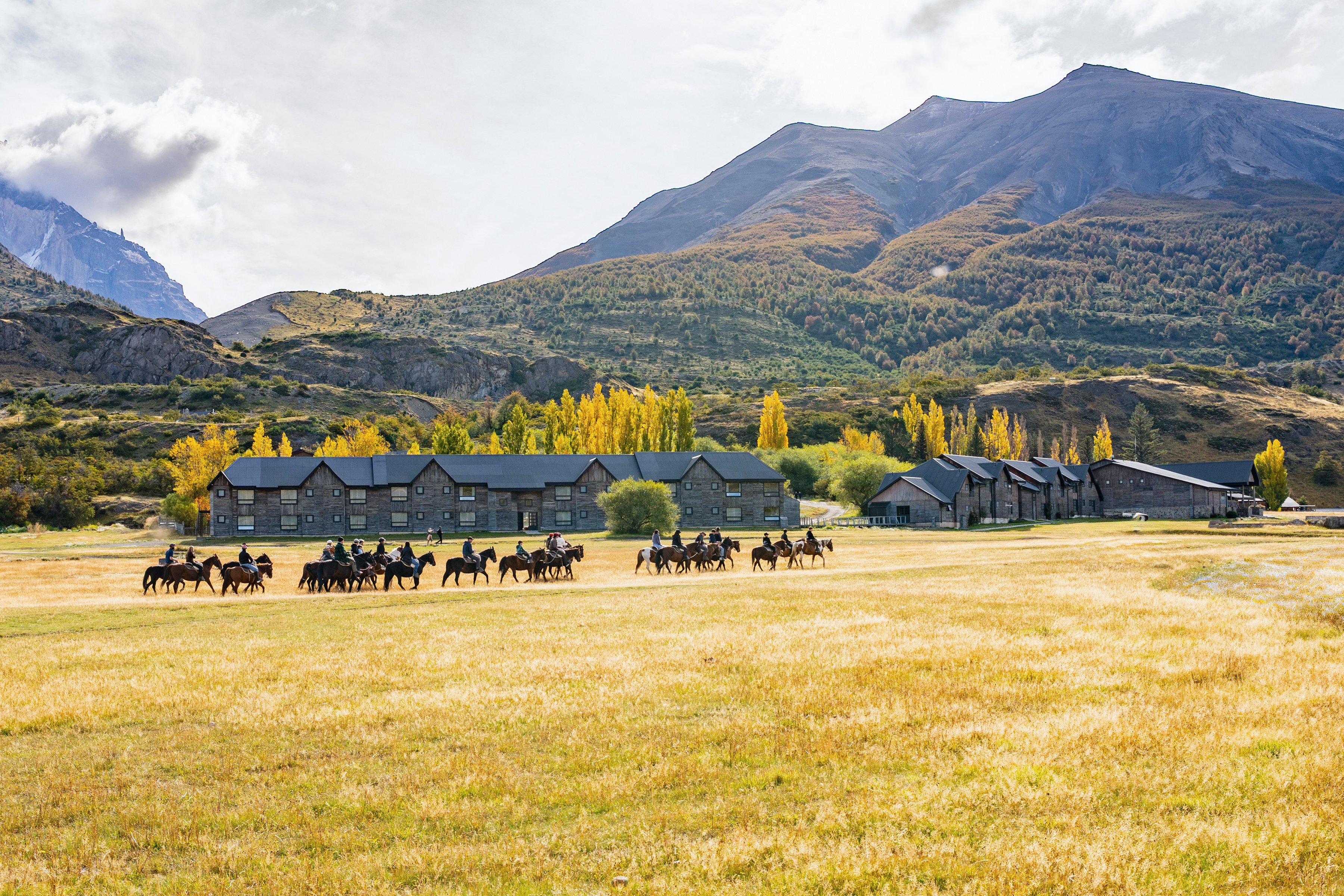Everything You Need to Know About Our Baqueanos
If there's a group of people you should get to know during your stay with us, it’s our baqueanos. They are great guardians of Patagonian traditions, skilled horsemen who will accompany you on your rides, and vigilant park rangers who assist in various tasks. You’ll often find them in the stables, tending to their horses, sharing a mate, or preparing the horses used as pack animals. Here, we’ll share everything you need to know about these intrepid experts of Patagonian nature.

Where Does Baqueano Culture Come From?
The term "baqueano" derives from the concept of "baquía," which refers to a person with deep knowledge of the land, its paths, geography, fauna, and flora. In other regions, they are also known as gauchos; some even refer to them as gaucho-baqueanos. Ultimately, their essential role is the same.
In our country, the first stories of baqueanos date back to the 19th century, where their figure represented an expert rider capable of navigating any natural condition. Previously, baqueanos were hunters, a role that has since evolved to focus more on living in harmony with nature.
In Punta Arenas, during the 19th and 20th centuries, they were regularly involved in livestock activities, facilitating the search for grazing land. In Argentina, baqueanos were even used by the army to scout paths, devise routes, and assist troops in navigating the Andes.

What Is Their Traditional Attire?
Although you can see baqueano culture reflected in our workers, in honor of this rich tradition, baqueanos wear clothing that has changed little over the years, and we take pride in keeping it alive.
Baqueanos wear boots that allow them to walk on the sometimes rugged terrain of Patagonia, with the tall shaft of their footwear protecting their legs during long rides.
On their hips, you’ll find their belts, made from leather or local textiles, which add color and identity to their attire, and hold their knives, known as "verijero" or "yarará," which they use daily to cut ropes or prepare food on long expeditions.
Around their necks, they wear a scarf fastened by a holder, made of leather or metal, often designed with elements of Patagonia, such as the puma, lenga trees, or horses.
Their heads are topped with the traditional baqueano beret, made from fabric. This answers the question many people ask: How do you wear a baqueano beret? While some wear it tilted to the side in a classic French style, the truth is that this hat is meant to be worn facing forward. This way, it shields the eyes from the sun and keeps rain from running down your face.

What Do Pack Horses Do?
One of the essential tasks our baqueanos perform is pilcherear, which involves carrying various items using bags hung on the sides of the horse.
For this, each horse has a metal frame in the spot where the saddle typically goes, equipped with hooks that allow for loading supplies of all kinds for the shelters at Las Torres Patagonia. Each bag is carefully weighted to ensure the horse doesn’t carry an uneven load, which could hinder its movement.
To avoid overloading our animals, our nearly 200 horses are divided between pilcherear tasks and riding, and after a few days of work, they are rested from these activities for several days.

How Can I Meet the Baqueanos of Las Torres Patagonia?
You can always find our baqueanos in the stables, identifiable by the large corral with horses to the left, as seen from the Hotel Las Torres.
You can schedule a baqueano experience and join an afternoon of anecdotes and learning about what it means to be a baqueano in Patagonia. Or, if you're craving more adventure, you can book a horseback ride to a beautiful spot in the national park. Riding with a baqueano in Patagonia is an unforgettable experience.




.jpg)